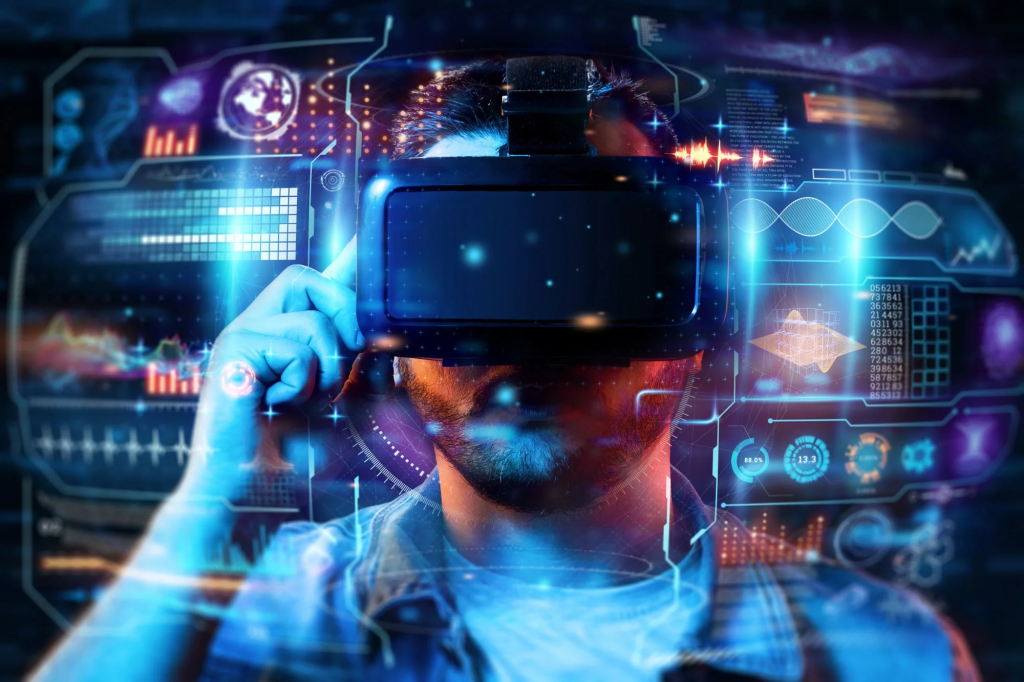The digital landscape is evolving at breakneck speed, transforming how we experience entertainment and media. The future of interactive media stands at a fascinating crossroads of technology, creativity, and human connection. For Filipino audiences, this evolution promises new ways to engage with content that blurs the line between spectator and participant. As we look ahead, several key developments are reshaping how we’ll consume, create, and interact with digital entertainment in the Philippines and beyond.
Emerging Technologies Reshaping Interactive Experiences
The next generation of interactive entertainment will be driven by technologies that are just beginning to realize their potential:
Immersive Reality Experiences
Virtual and augmented reality are transitioning from novelties to mainstream platforms. In the Philippines, where smartphone penetration continues to rise, AR experiences accessible through mobile devices will likely gain traction before expensive VR headsets. These technologies create environments where:
- Stories unfold around the user in three-dimensional space
- Physical and digital worlds merge seamlessly
- Users become active participants rather than passive viewers
As costs decrease and processing power increases, expect these immersive technologies to become more accessible to Filipino consumers across economic backgrounds.
AI-Driven Personalization
Artificial intelligence is revolutionizing how content adapts to individual preferences:
- Interactive narratives that adjust based on viewer choices
- Characters powered by AI that can hold natural conversations
- Content that evolves based on emotional responses and engagement patterns
This level of personalization will create uniquely Filipino experiences, potentially incorporating cultural contexts, local languages, and regional preferences automatically.

The Evolution of Interactive Storytelling
The future of interactive media will transform traditional narrative structures. Linear storytelling is giving way to branching narratives where audiences influence outcomes. This shift holds particular appeal in the Philippines, where community storytelling has deep cultural roots.
Interactive storytelling formats are expanding beyond choose-your-own-adventure models to include:
- Open-world narratives with multiple concurrent storylines
- Community-shaped stories where collective choices determine outcomes
- Transmedia experiences that unfold across multiple platforms
These formats create deeper emotional investment and replayability, potentially extending the lifespan of content in a market where value and longevity are important considerations.
Social Integration and Community Experiences
The future entertainment landscape will increasingly blur the boundaries between content consumption and social interaction. This social dimension resonates strongly with Filipino audiences, who are among the world’s most active social media users.
Emerging trends include:
- Shared viewing experiences with real-time interaction
- Collaborative content creation between creators and communities
- Virtual spaces where friends gather to experience entertainment together
These developments align with the highly social nature of Filipino culture, potentially creating digital extensions of the country’s strong community bonds.

Accessibility and Democratization of Creation
The future of interactive media isn’t just about consumption—it’s also about creation. As tools become more intuitive and accessible, more Filipinos will transition from consumers to creators:
- No-code platforms enabling non-technical users to create interactive experiences
- Mobile-first creation tools designed for markets where smartphones are the primary computing device
- AI assistants that help novice creators produce professional-quality interactive content
This democratization could showcase unique Filipino perspectives and stories on global platforms, creating new economic opportunities in the digital creative economy.

Challenges on the Horizon
Despite the exciting possibilities, several challenges remain:
- Digital divide issues may create unequal access to interactive technologies
- Network infrastructure limitations in some regions could restrict high-bandwidth experiences
- Balancing localized content with global appeal
How the Philippines navigates these challenges will influence how quickly these innovations reach mainstream adoption.
FAQ: Interactive Media’s Future
How will interactive media change entertainment consumption?
The line between audience and creator will continue to blur, with passive viewing giving way to experiences where engagement and choice become central to the entertainment value.
Will traditional media formats disappear?
Rather than disappearing, traditional formats will likely incorporate interactive elements while continuing to serve audiences who prefer linear experiences.
The future of interactive media promises to transform entertainment from something we simply consume to something we help create, shape, and share. For Filipino audiences and creators, this evolution opens new possibilities for expression, connection, and experiences that reflect the unique cultural context of the Philippines while participating in global digital trends.


